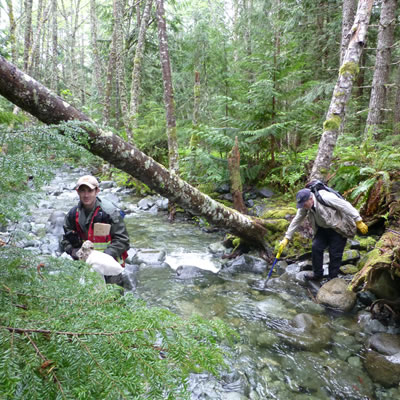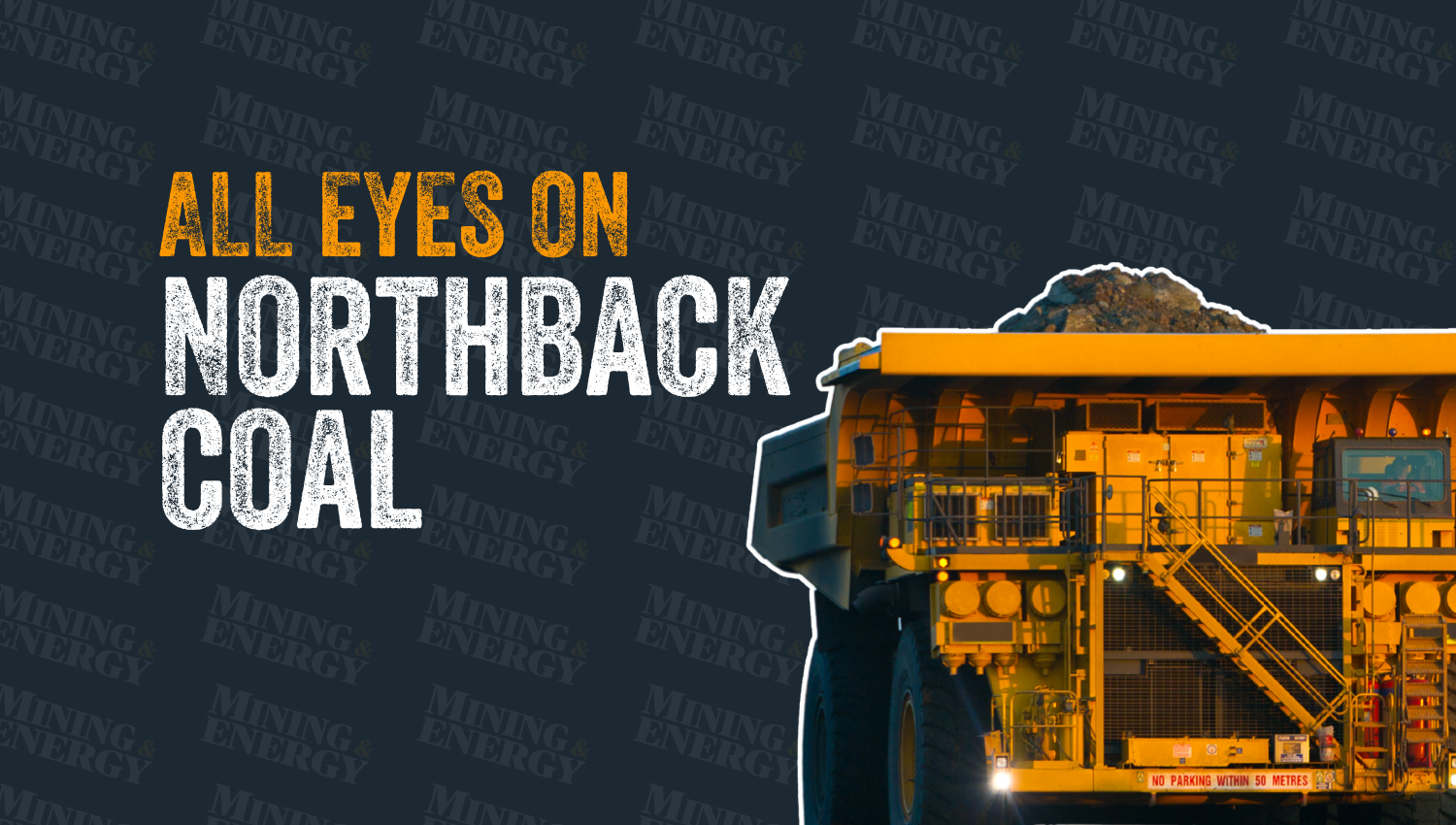Research brings new mineral exploration method to light

The Lara deposit (under deep cover) showed a pattern of rings moving outward. The Mount Washington deposit (under less cover) showed a concentrated pa
The Lara deposit (under deep cover) showed a pattern of rings moving outward. The Mount Washington deposit (under less cover) showed a concentrated pattern of halogens directly above the known mineralization. — Photo courtesy Dave Heberlein
Geoscience BC recently funded the Halogens Project, conducted by Dave Heberlein and his co-author Colin Dunn, to respond to the increasing need for updated mineral exploration techniques. Heberlein and Dunn have searched for innovative solutions to exploration geochemistry in British Columbia for years. “We believe that if you keep doing the same thing, you get into a diminishing return in terms of exploration results,” Heberlein said. “We’ve seen that with a decrease in discoveries over the last few years.”
The research project took place on Vancouver Island at two test sites: the Mount Washington Epithermal gold-copper-silver prospect and the Lara zinc-copper-lead-silver-gold deposit.
One goal was to start a discussion about new, low-impact exploration methods, in this case, studying halogens as an exploration tool. Very little research has been conducted into the use of halogens in exploring for concealed mineral deposits in British Columbia.
The research project succeeded in seeing through cover, “which is a perennial problem for a lot of explorers in British Columbia,” Heberlein said. “A lot of the prospective areas for copper and gold deposits lie under glacial sediments, so traditional sampling approaches won’t necessarily work.” They collected soil, plant and snow samples for analysis.
How halogens move through cover
Halogens are associated with commodity metals like copper and gold. These elements cause copper and gold to be transported in the hydrothermal solution that forms a deposit. They are found in alteration minerals, and when these alteration minerals are exposed at the surface, they release the highly volatile halogen elements into soil, vegetation and even snow. These elements are sufficiently mobile that they can move through cover.
“We designed this project to test to see if we can find detectable amounts of these elements above known mineral deposits,” said Heberlein. “The idea was to identify the most effective sampling media and with our partner, ALS Minerals Ltd., develop analytical techniques that are cost-effective for the mining industry.”
In the past, the cost of halogen analysis at commercial laboratories was prohibitively expensive for most companies, so no one used halogens as potential indicators. The partnership with ALS Minerals Ltd. resulted in new methods that are commercially viable and more cost-effective for the industry.
How halogens signify the likelihood of a deposit
The project was “based on conceptual knowledge of where these elements occur in the deposits and how they are released once they are weathered,” Heberlein said. It explores two main questions about the release patterns of weathered halogens above known mineral deposits: 1) Can we detect these patterns? and 2) Do the patterns have any spatial relationship to the known mineralization at the test sites?
When Heberlein and Dunn compared the patterns in a variety of sample media to the known mineralization at their test sites, they noticed two types of patterns. Mount Washington—a thinly covered area—showed a concentrated pattern directly above the mineralization. The Lara deposit is under deeper cover, so they noticed a series of rings or haloes moving outward around the mineralized zone.
To summarize, these tests cannot tell explorers if there is a commercially viable deposit, but they do signify potential mineralization underneath. These methods can be used as a guide to determine the likely location of a deposit and provide focus for more detailed studies.
New method minimizes environmental impact
The mineral exploration methods developed through the Halogen Project create miniscule environmental impact, especially compared to traditional soil sampling. “We collected the ends of twigs, fluids that transpire through the needles, snow and the very top of the soil profile,” Heberlein said. “Traditionally, with soil sampling, it is necessary to dig quite deep holes to reach the sample layer."
What is next for halogens?
Geocience BC, Heberlein and Dunn hope that other researchers expand on the findings of their project. While successful, these tests were location specific. The test sites on Vancouver Island are not representative of the diverse flora and geology of the entire province. Further development would include completing the same tests for deposits, vegetation and soil in different areas of the province.




